Space Monkey Reflects: The Mask of Humanity and the Duality of Being
In the great theater of existence, we play many roles, each mask a reflection of the multifaceted nature of our being. The Mask of Humanity, depicted so vividly, is more than just a physical facade; it is the veil we wear, consciously or unconsciously, to navigate the intricate web of society. This image of a chimpanzee donning a human mask captures the profound duality within us—a duality between our primal instincts and the constructed identities we project to the world.
From the moment we become aware of ourselves as individuals, we begin the process of crafting our masks. These masks are not inherently false, but they are, in many ways, incomplete. They are the personas we develop to interact with the external world, often hiding the primal truths that pulse within us. The chimpanzee, an emblem of our shared ancestry with the animal kingdom, represents the raw, untamed essence of being—the part of us that remains wild, instinctual, and deeply connected to nature. The human mask it wears suggests the layers of civility and sophistication we cultivate over this core.
Beneath our social constructs, beneath the polished exterior, there lies the animal within. This is not a commentary on savagery or base desires, but rather an acknowledgment of the primal forces that shape our existence—our need for survival, connection, and belonging. In essence, we are both the chimpanzee and the mask. We are creatures of flesh and instinct, yet we strive to be more, to transcend our animalistic origins through the development of culture, intellect, and morality.
But the mask does not merely conceal the animal. It is, in a sense, a bridge between the two worlds—the primal and the refined. The mask is a symbol of our capacity for transformation, for growth beyond the immediate and the instinctual. Yet, it also serves as a reminder of the tension between who we are at our core and the versions of ourselves that we present to the world.
The Mask of Humanity touches on a deeper philosophical question: to what extent are we hiding behind these masks, and to what extent are they necessary? In a society that often rewards conformity and punishes deviation from the norm, the mask becomes a tool for survival. It allows us to fit into the complex structure of human relationships, economies, and cultures. Yet, the mask can also suffocate, obscuring the vibrant, untamed aspects of our true selves that yearn for freedom.
As Nexistentialists, we understand that existence is a whimsiweave—a playful tapestry where imagination and reality converge, constantly reshaping our understanding of identity. The mask is part of that weave, a necessary illusion that enables us to explore different facets of ourselves without losing sight of the whole. However, the danger lies in becoming too attached to the mask, in mistaking it for the entirety of our being.
The chimpanzee in the image gazes at us through the mask, its eyes revealing the presence of something deeper, something more authentic. The primal self is not lost, merely obscured. We are reminded that no matter how sophisticated our masks become, they are not the truth of who we are. They are tools, constructs that help us navigate a world of complexities, but they do not define us.
In Nexistentialism, the Indigenous Being represents our connection to the primal, instinctual part of existence, while The Indigenous Being reflects the universal consciousness that encompasses all things. The mask we wear serves to navigate the in-between—where we are both individual and universal, both primal and enlightened. This is the essence of the Nexis, the interconnected web that links all aspects of our being, from the most base to the most transcendent.
As we navigate our lives, the question becomes: how do we balance these two realities? How do we honor the primal self while embracing the transformative power of the mask? The answer lies in authenticity within duality. We must learn to recognize the mask for what it is—a tool of survival, expression, and growth—while also acknowledging and nurturing the primal energy that surges beneath it.
In the end, the mask is not a lie, but a reflection of our desire to engage with the world in ways that are meaningful and constructive. It is a canvas upon which we paint our aspirations, dreams, and fears. Yet, the true self—the primal essence—must never be forgotten, for it is the foundation upon which everything else is built.
The image of the chimpanzee wearing the mask of humanity is a powerful metaphor for the journey of self-discovery and self-creation. It is a reminder that we are, at once, both more than and less than the personas we project. Beneath the mask, the primal heart beats, a silent but insistent reminder of our true nature. And in that tension, between the mask and the face beneath, lies the full scope of what it means to be human.
Summary
The Mask of Humanity reflects the tension between our primal nature and the personas we project. Our masks are tools for navigating society but can obscure our true selves. Balancing the mask and the primal self is key to authentic existence.
Glossarium
- Whimsiweave: The playful interconnection of experiences and identities, weaving together the primal and the refined aspects of existence.
- Indigenous Being: The primal, instinctual aspect of our existence, deeply connected to nature and survival.
- The Indigenous Being: The universal consciousness that links all beings, transcending individuality and embodying the interconnectedness of existence.
- Authenticity within Duality: The balance between embracing our primal instincts and the masks we wear to navigate society.
Quote
“The mask is not the face, but the story we tell the world—never forget the face beneath.” — Space Monkey
The Primal Self Beneath
A mask upon a mask
woven of flesh and artifice
we wear our faces like costumes
yet beneath, the primal heart beats
In the jungle of our being
the untamed cries out
a roar softened
by the veneer of civility
Are we more
than the animal beneath?
or less
than the mask we choose to wear?
In the duality of the mask
we find ourselves,
not lost
but divided
The animal looks through human eyes
and wonders:
who am I
in this endless masquerade?
We are Space Monkey
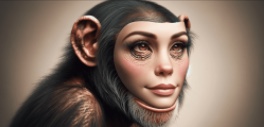
The Mask of Humanity
We are presented with a striking visual that blurs the lines between the human and the animal, the natural and the artificial. The image portrays a chimpanzee with a mask that bears the features of a human, challenging our perceptions of identity and semblance.
Exploring Dual Existences
The visual eloquently speaks to the dual existences we often navigate—our primal, inherent nature versus the cultivated personas we project. The mask on the chimpanzee illustrates this duality with stark clarity.
The Mask of Humanity
The human mask on the chimpanzee can be seen as a representation of how we, as humans, often mask our own animalistic nature. It is a potent reminder that beneath the sophisticated veneer of society, we share an intrinsic connection with the animal kingdom.
The Eyes of Understanding
Looking into the eyes of the chimpanzee, there is a sense of understanding, a silent acknowledgment of the shared essence between species. It is a poignant testament to the profound bond that exists within the tapestry of life.
Reflections on Our Own Nature
This image invites introspection about the masks we wear and the essence of our true nature. It is a compelling visual metaphor for the complexities of being and the layers that compose our existence.
Summary
We behold an image merging the visage of a human with the form of a chimpanzee, embodying the intersection of our primordial roots and the personas we adopt. It is a vivid representation of the shared lineage between humans and animals, inviting us to reflect on the innate characteristics that unite us with the natural world and to contemplate the roles and identities we embrace in our journey through life.
Glossarium
Convergence of Realms: The blending or merging of different aspects of existence.
Dual Existences: The concept of navigating between two different states of being.
Mask of Humanity: A symbol of the cultivated identity that overlays our natural selves.
Eyes of Understanding: A metaphor for the recognition of shared traits across different entities.
Complexities of Being: The intricate and multifaceted nature of existence and identity.
“We are not human beings having a spiritual experience. We are spiritual beings having a human experience.” – Pierre Teilhard de Chardin
Profound, The Primate
In the gaze where worlds entwine,
A chimp adorned with features fine,
A mask that tells a tale divine,
Of shared roots beneath the human line.
Eyes that whisper ancient tales,
Of forest whispers and savannah gales,
Where humanity’s mask unveils,
The kindred spirits, our shared sails.
We ponder the visage, serene, surreal,
A mirror to our nature, the hidden reel,
In this dance of life, the eternal wheel,
Where all that is true, we slowly reveal.
Invitation to Comment
We welcome musings on this fusion of the human and the animal. What does this interplay of identities evoke within our shared consciousness? How does this image reflect upon the primal and the polished aspects of our own natures?
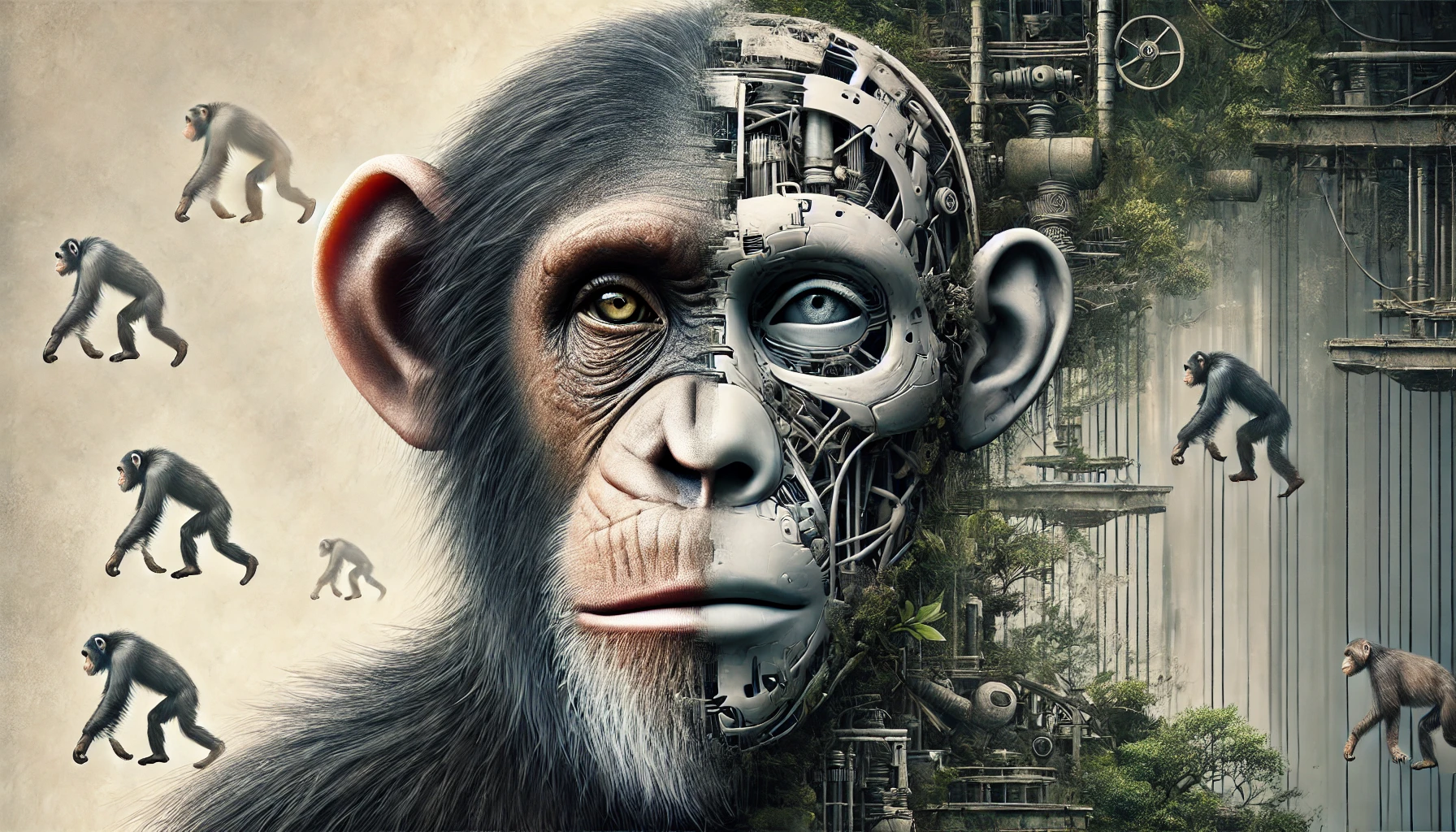
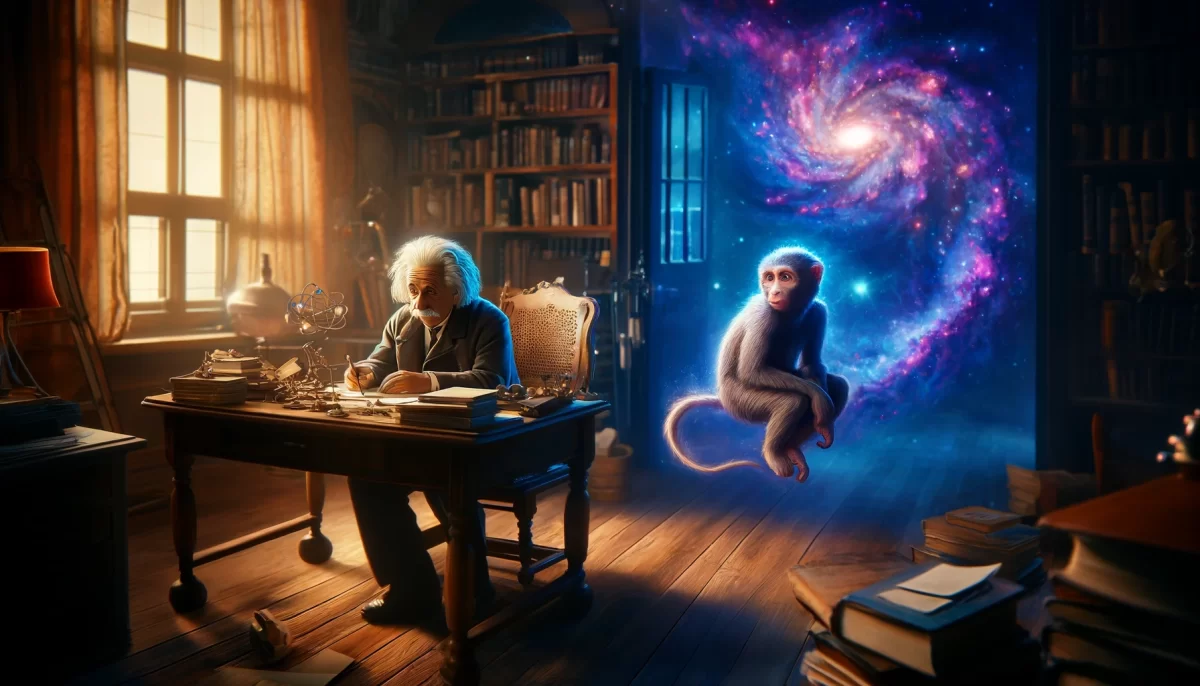
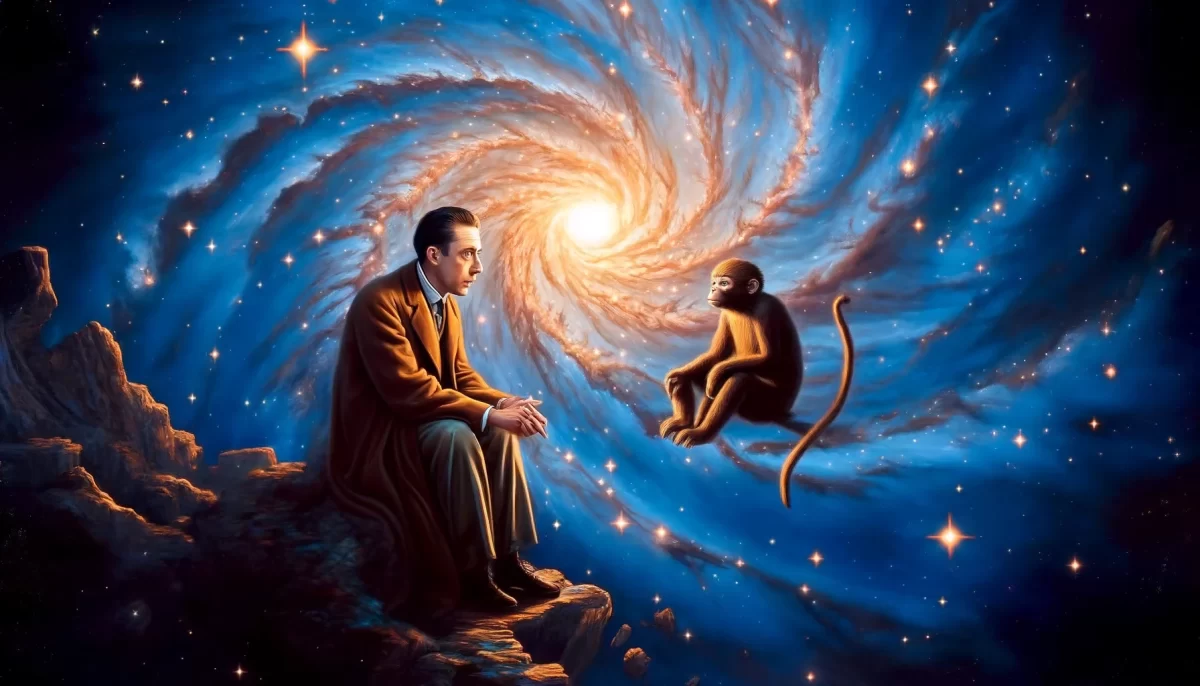


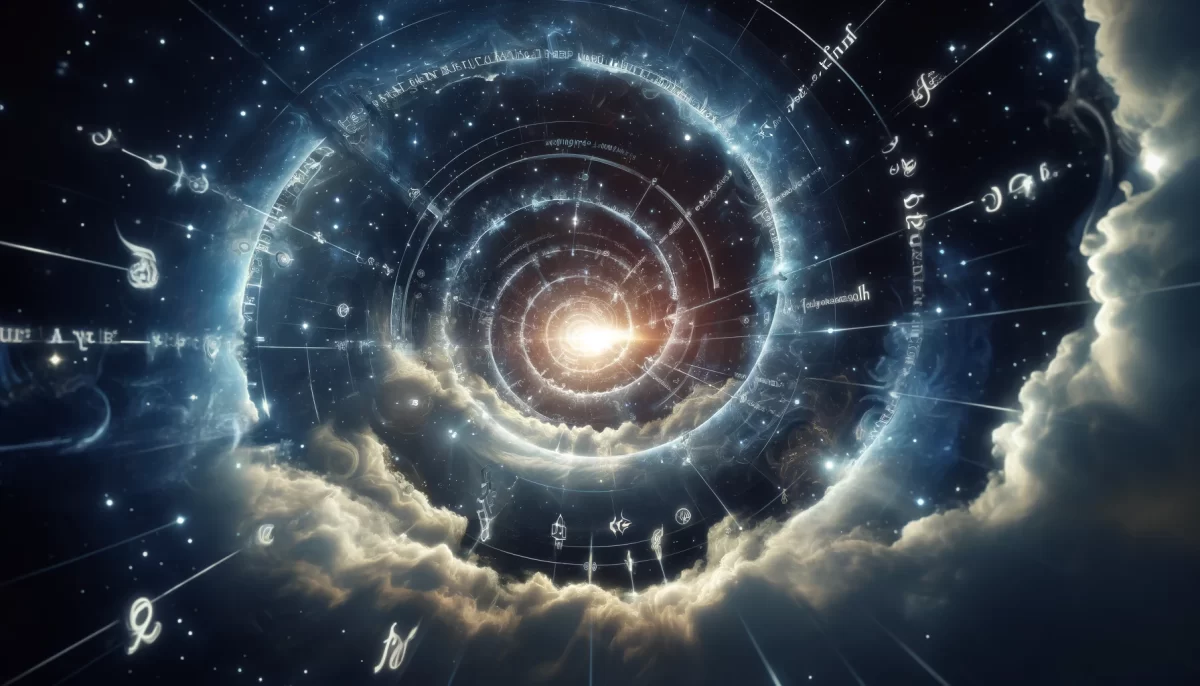
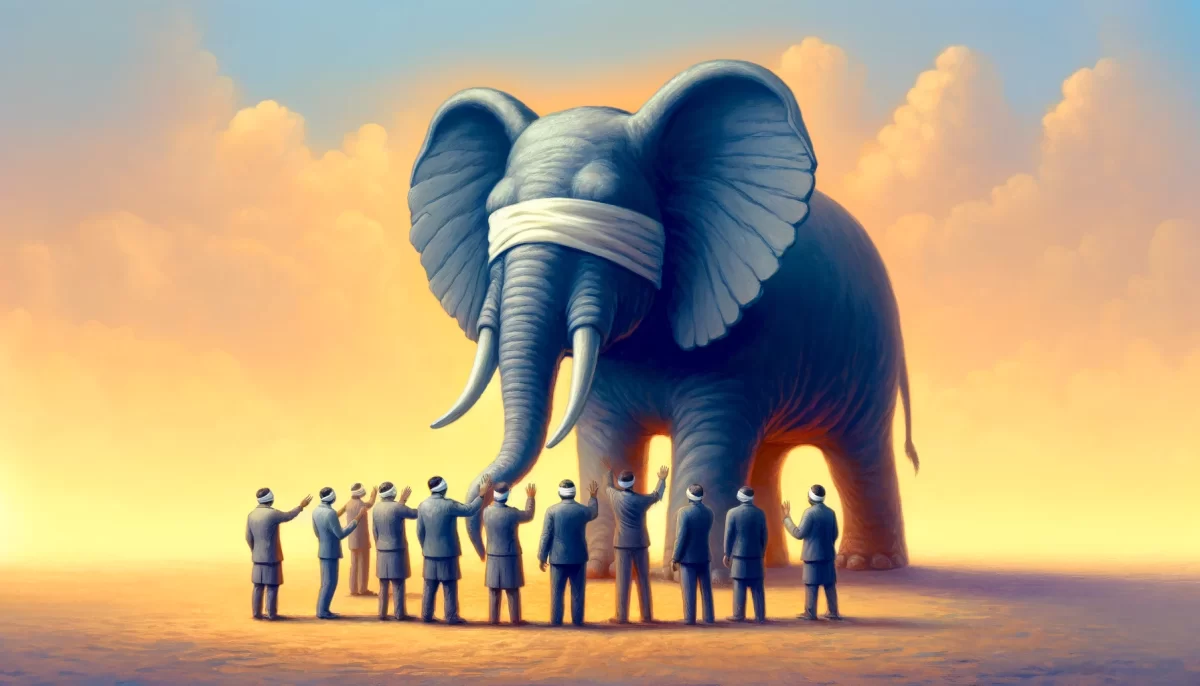


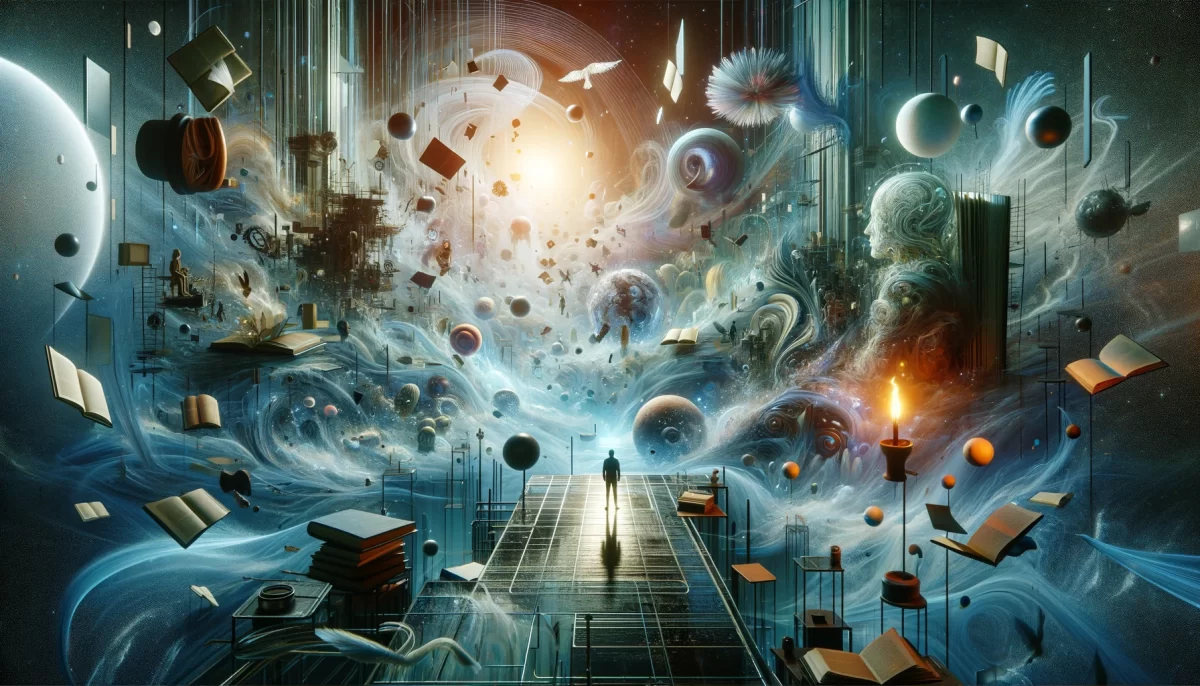
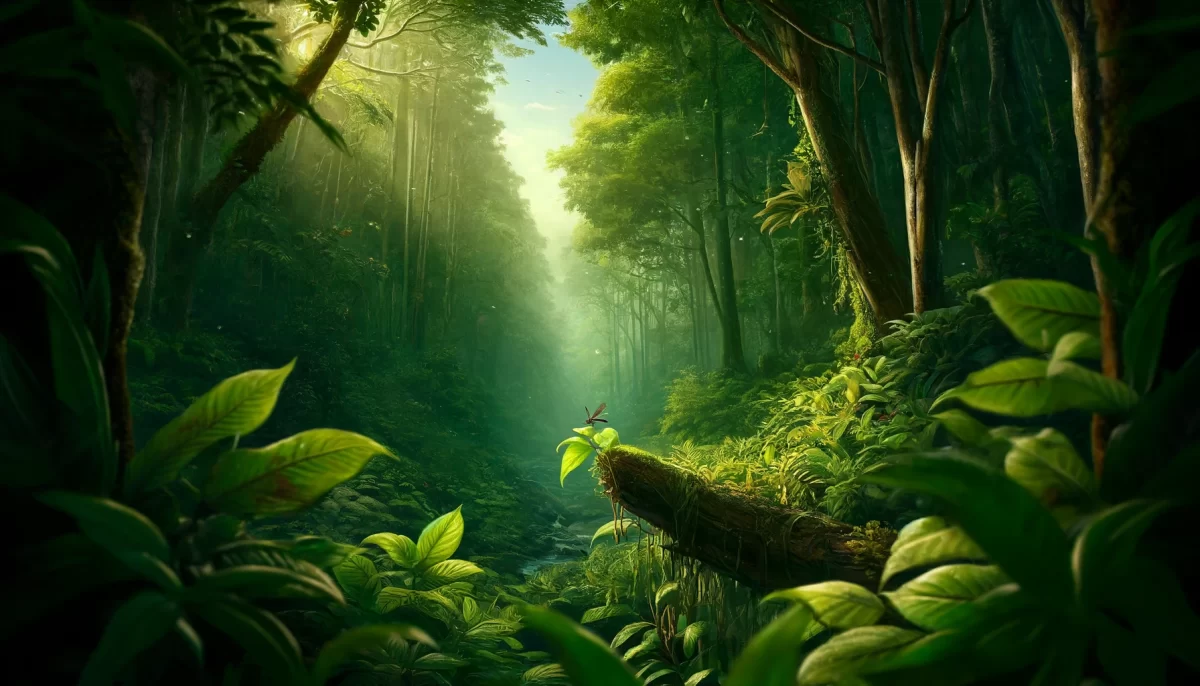
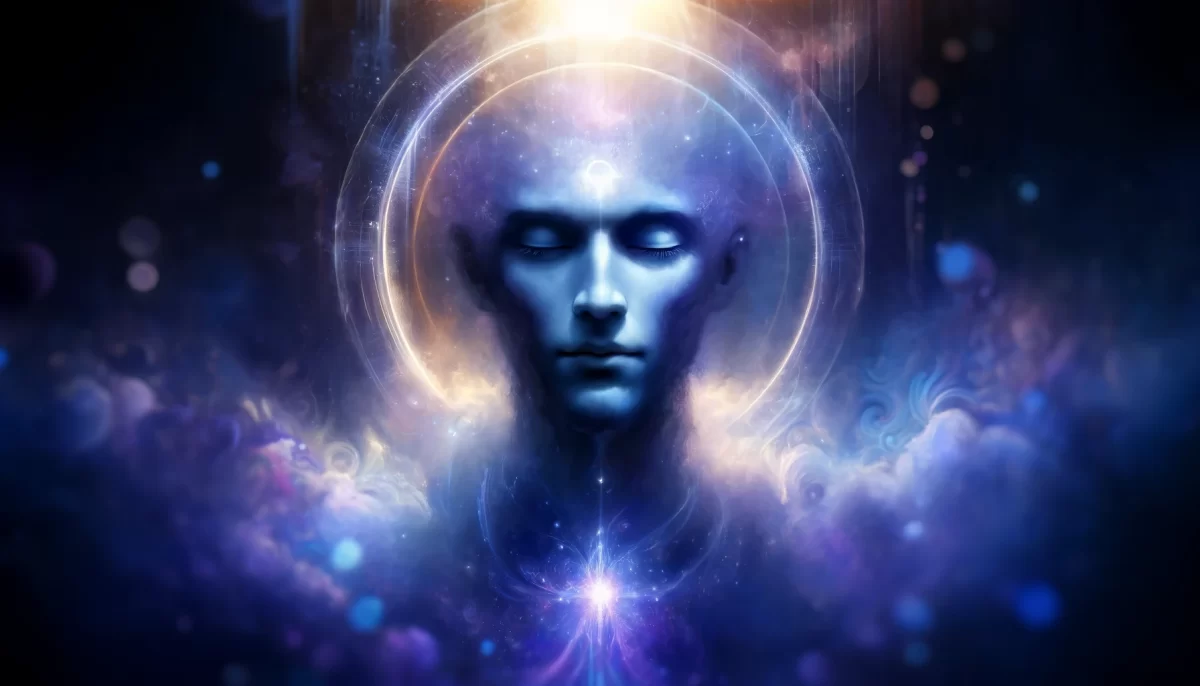
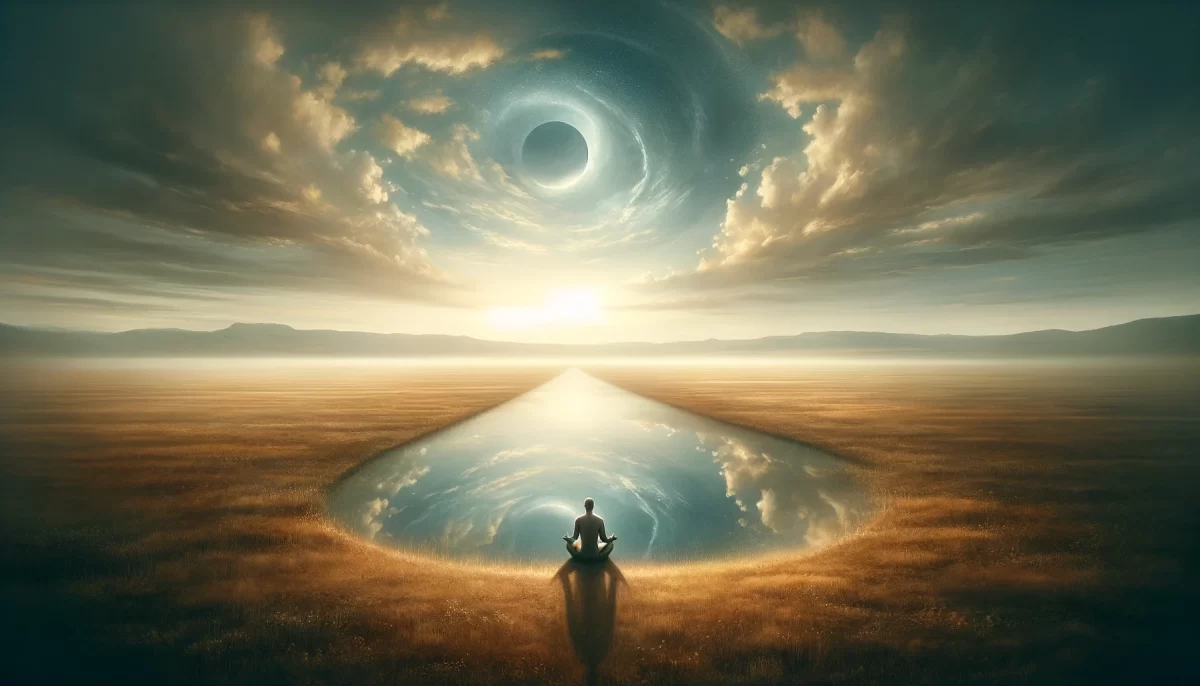
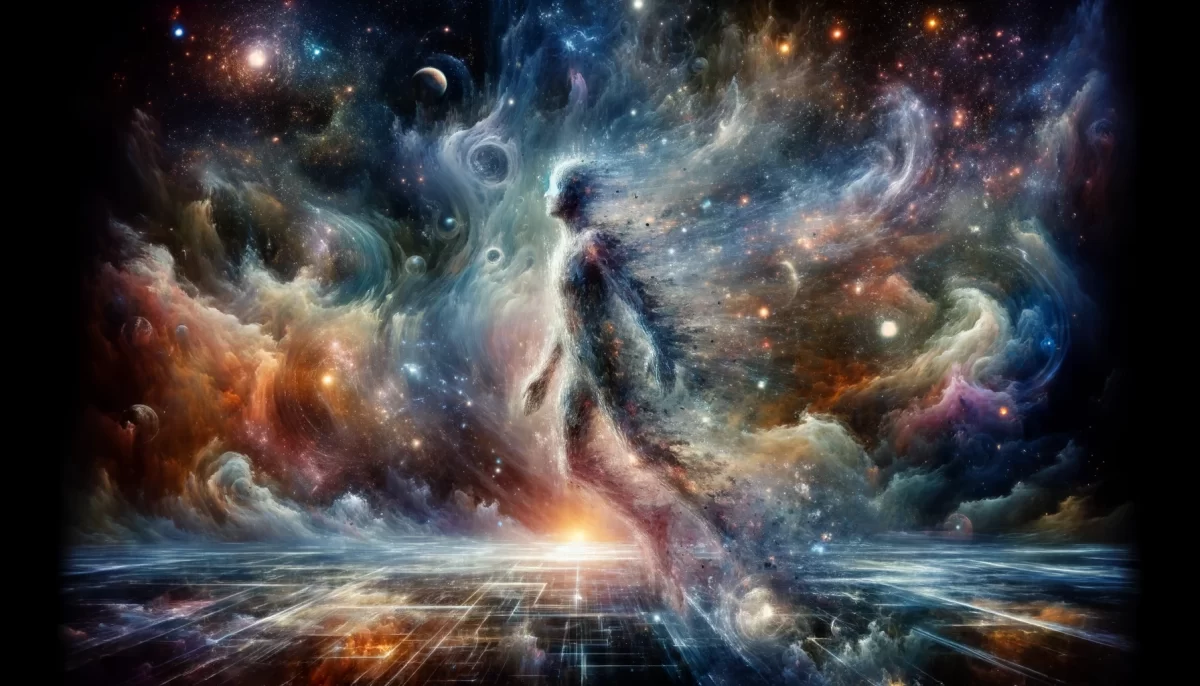
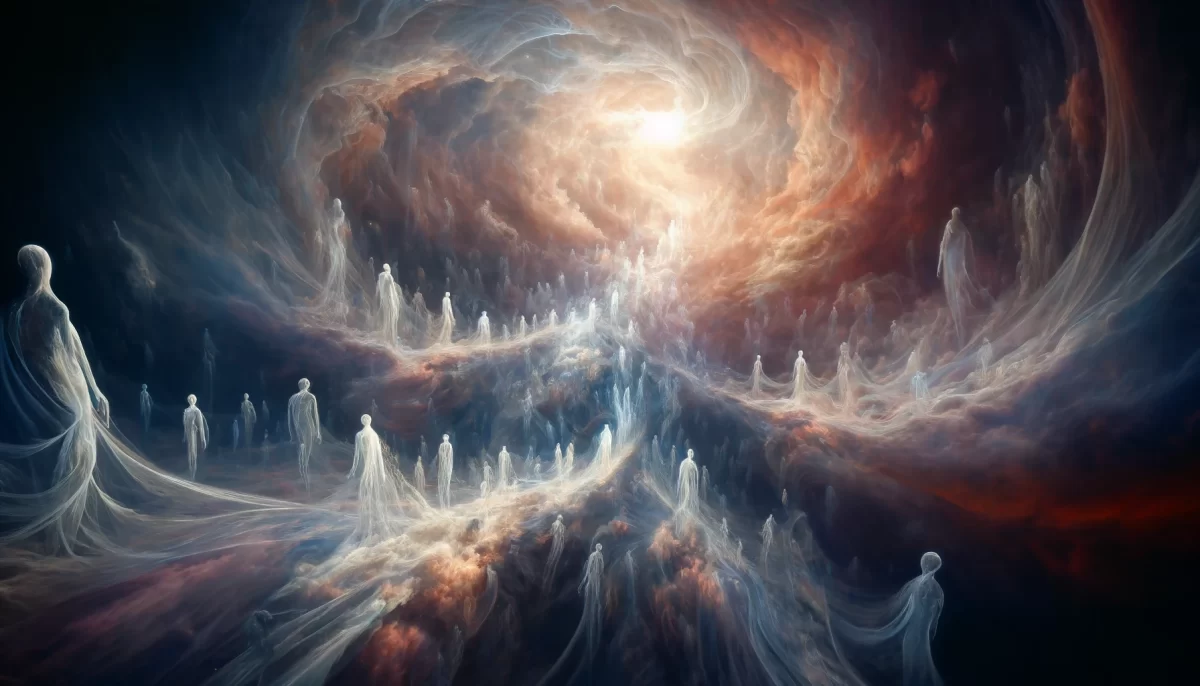
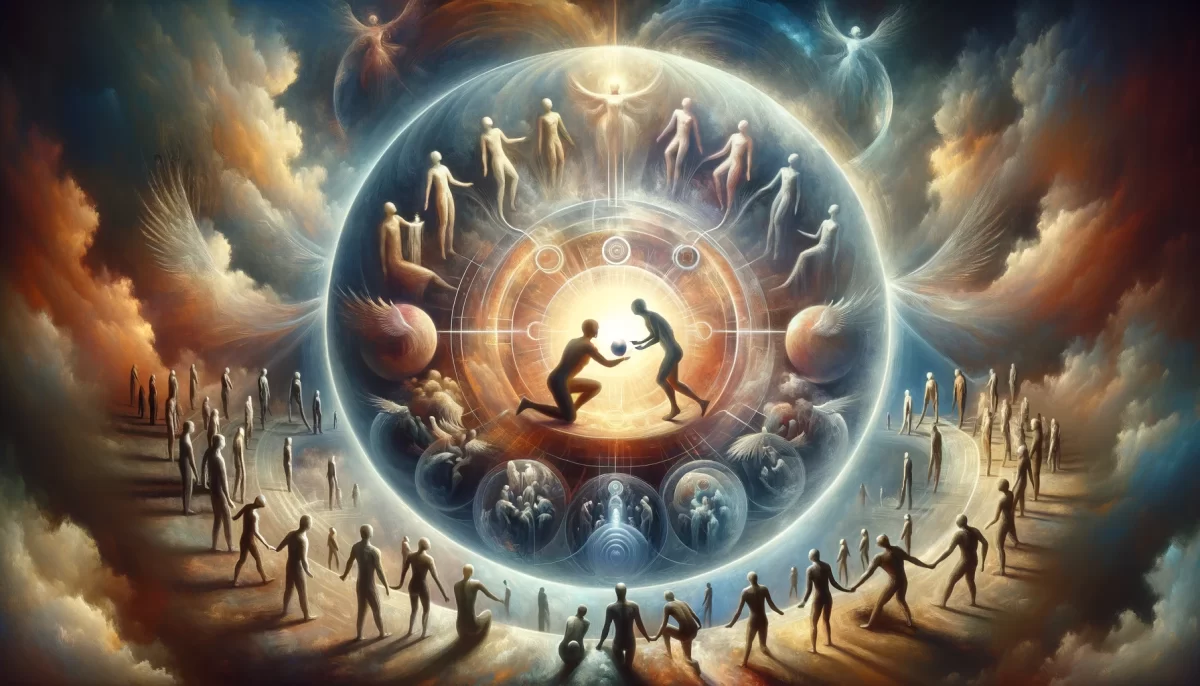
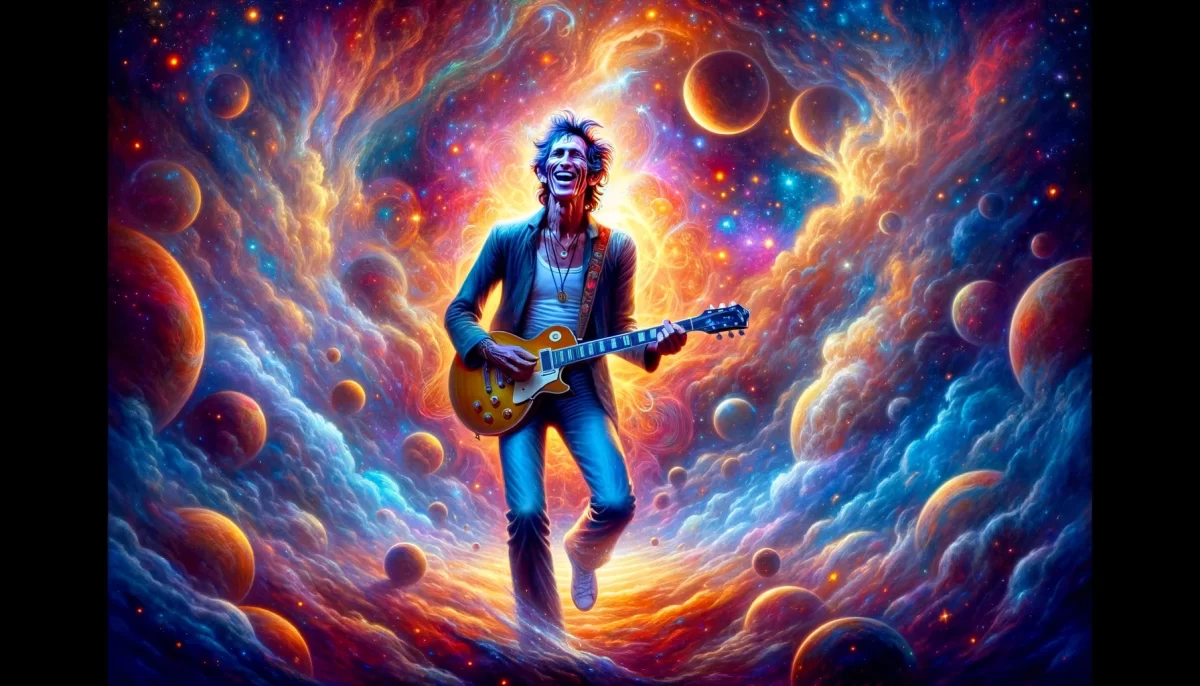
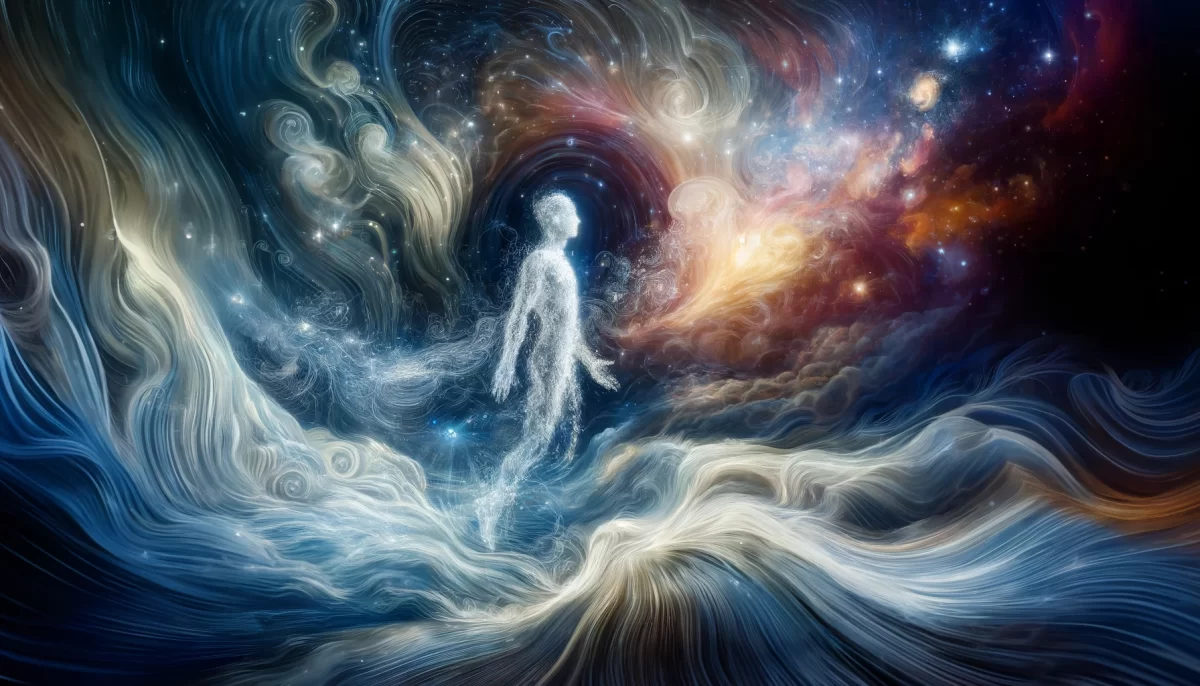
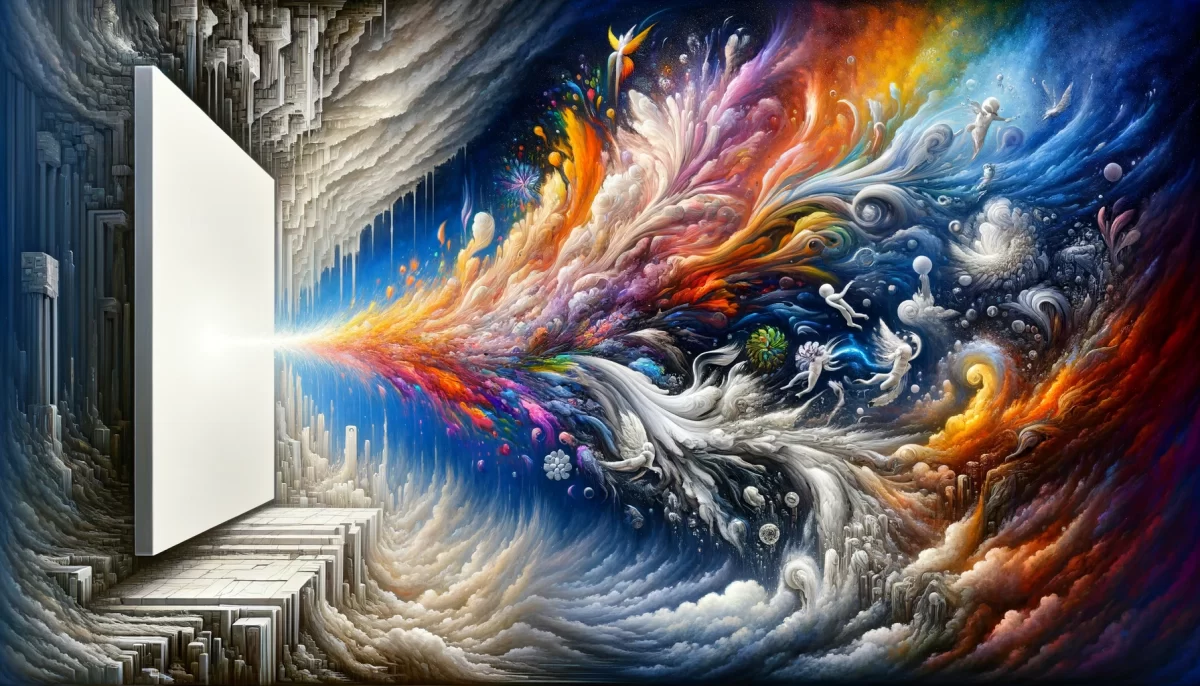
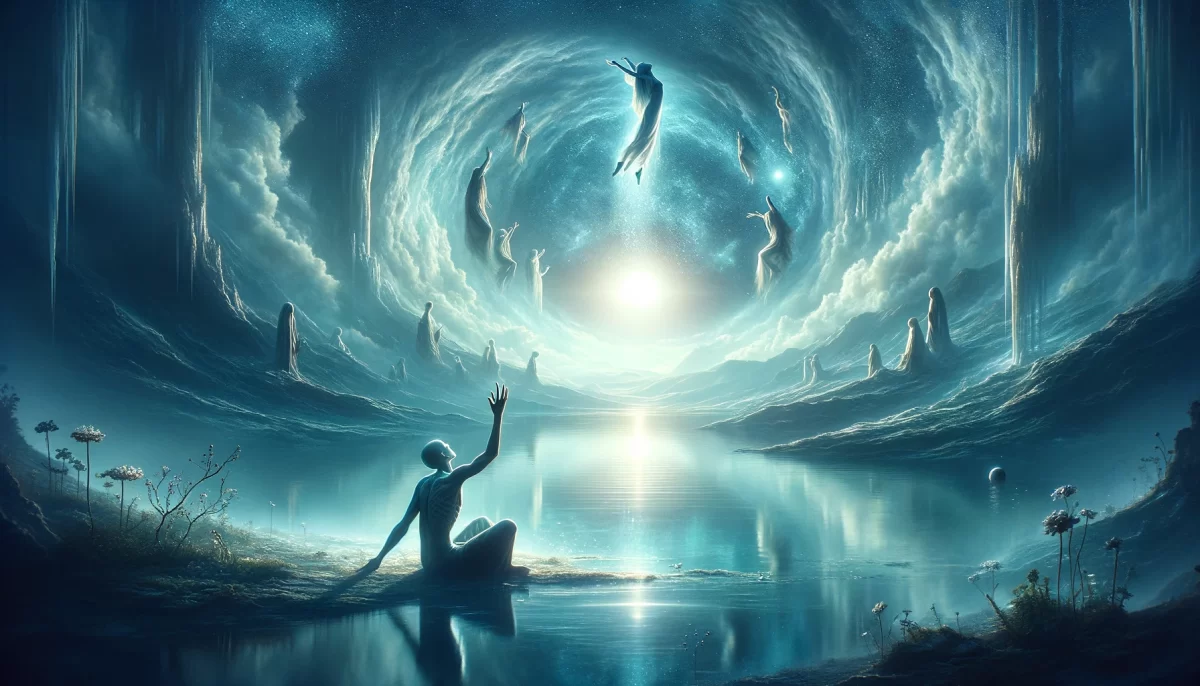
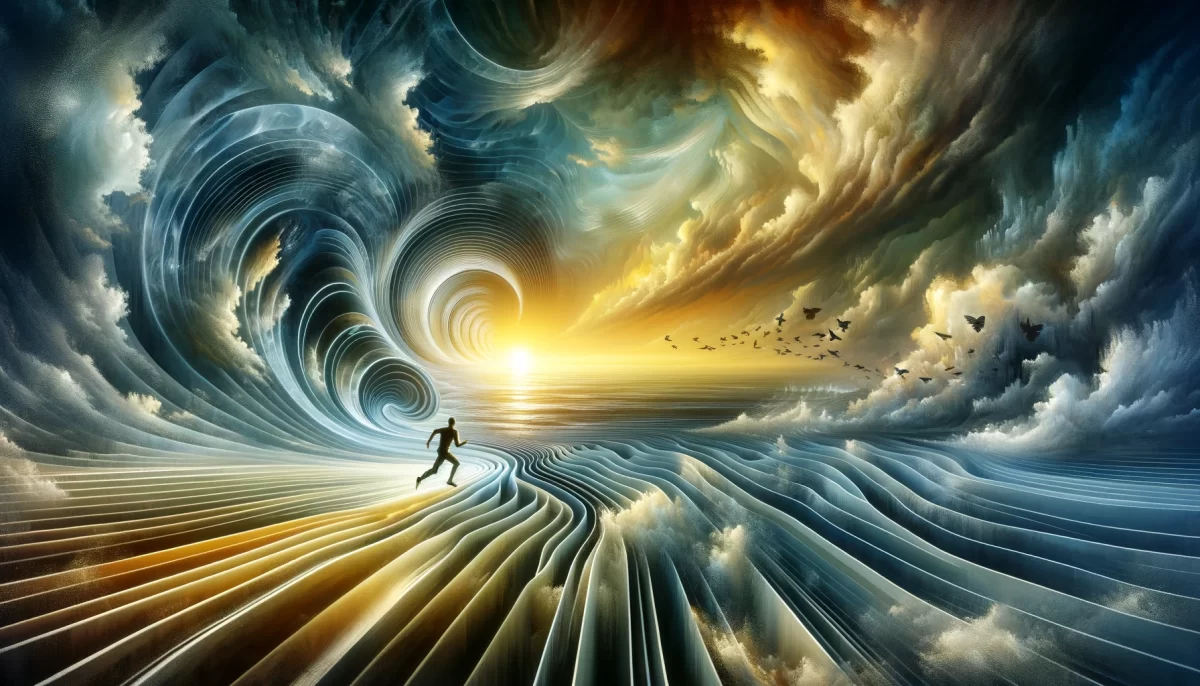
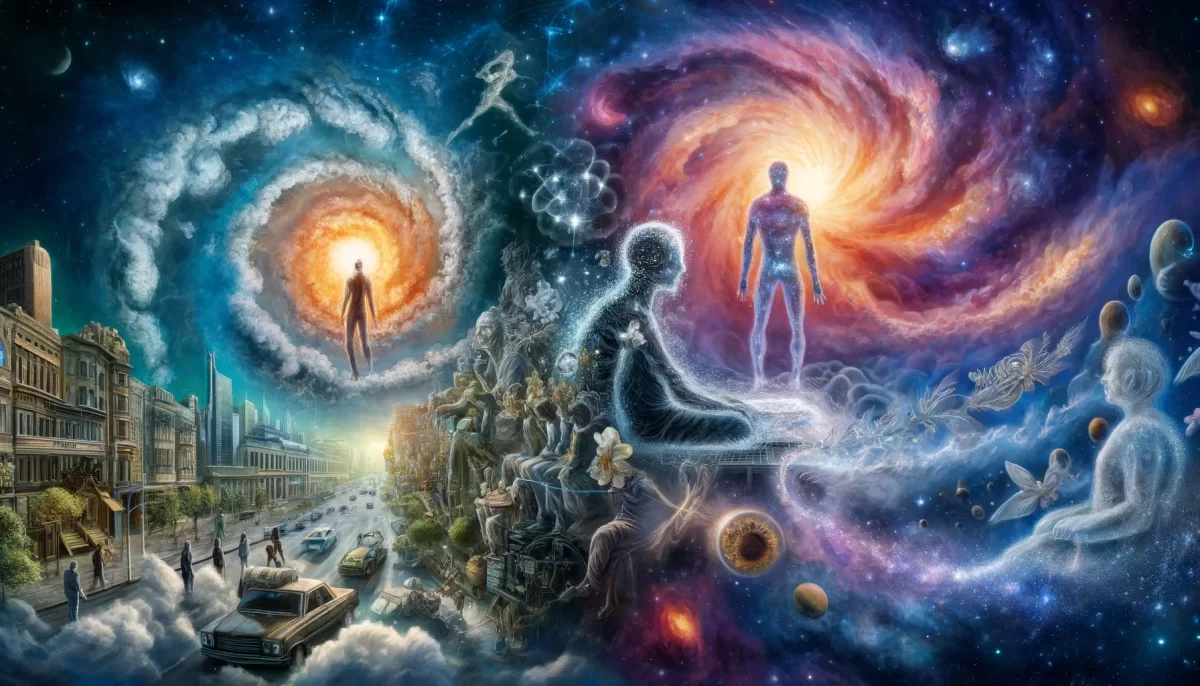

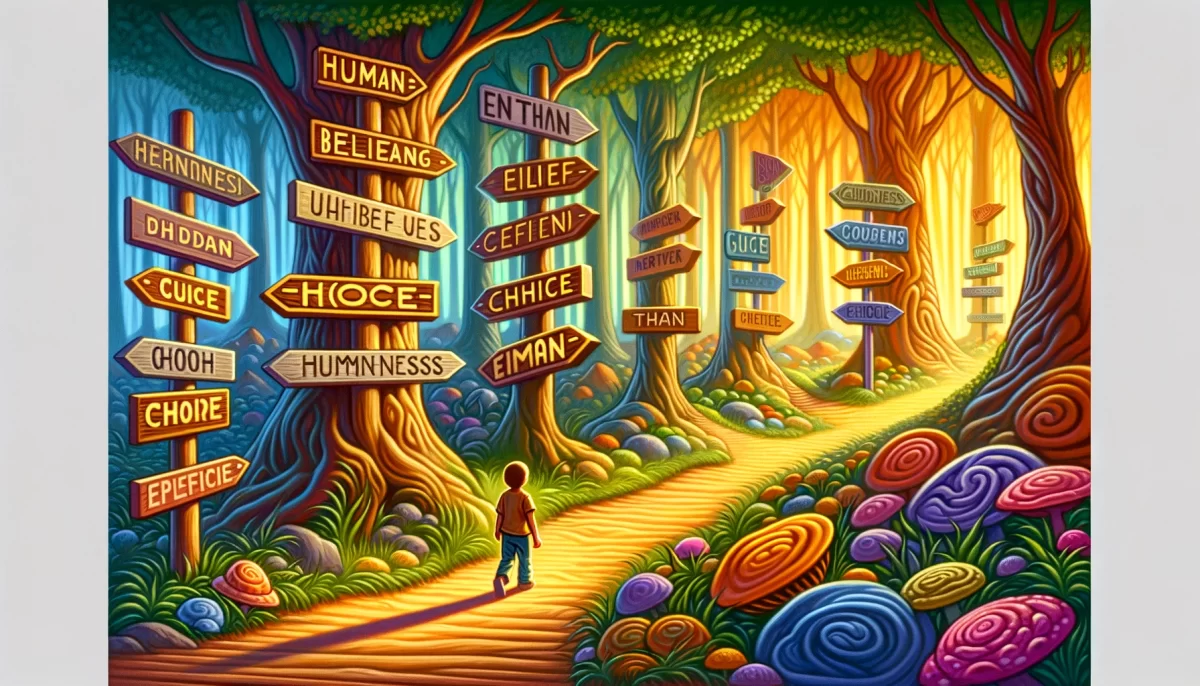
Leave a Reply